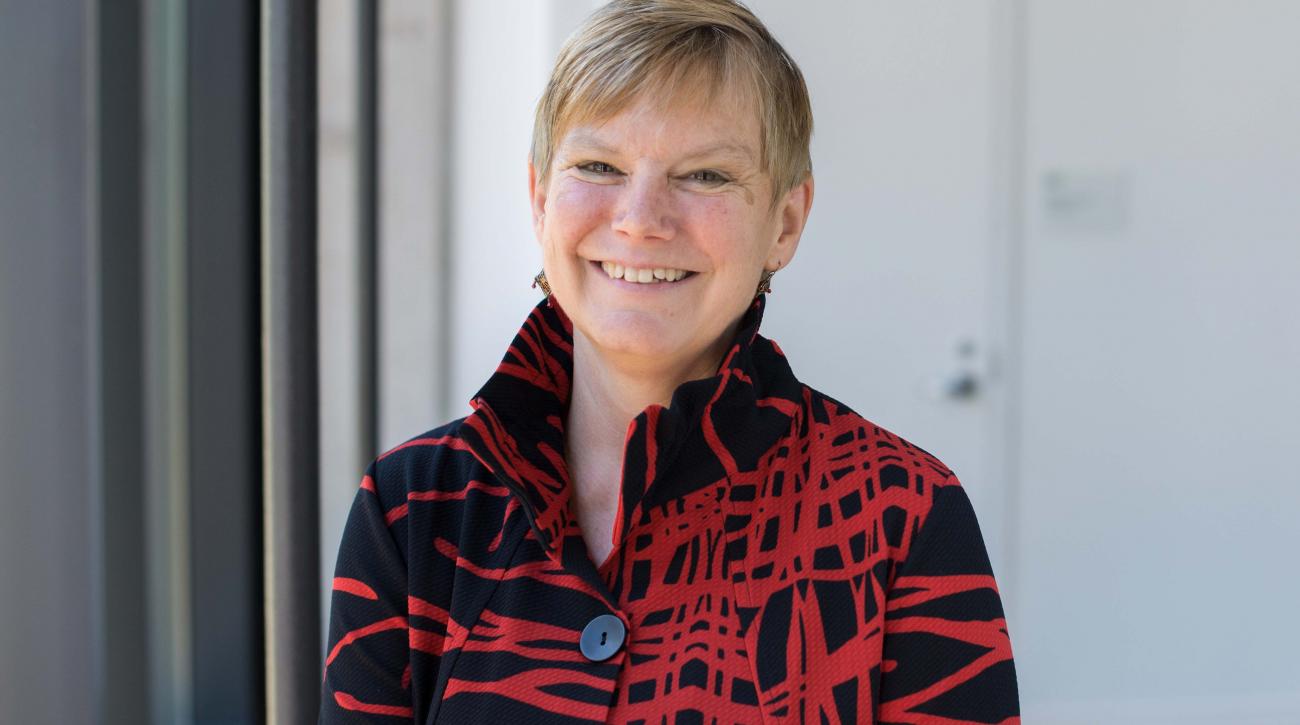Jeanne Jordan, PhD, a professor of epidemiology at GW Milken Institute School of Public Health, is among a team of researchers at GW who developed a miniature device that could help immediately diagnose and track COVID-19 infections using cell phones.
The project was funded by a $50,000 COVID-19 Technology Maturation Grant from GW’s Technology Commercialization Office (TCO). Originally developed to detect and distinguish different kinds of gas, the device is as miniscule as a strand of hair and covered in a thin layer of gold. When the gold surface binds with other particles, the wavelength of light on its surface changes, creating a different-colored light. The researchers believe that the device’s surface could be coated with a solution that binds to the novel coronavirus that causes COVID-19. When an infected person’s sample is applied, the virus would bind to the surface, causing the wavelength of light to change color and be immediately sensed by phone cameras.
“These are devices that a public health professional could go out with into the field to administer point-of-care testing, either at a walk-up center or directly in the community,” Jordan said. “They’re extremely rapid—the turnaround time to having test results is within minutes, and you do the testing right there instead of sending your sample to a large commercial laboratory with a massive backlog. That would allow these professionals to say immediately if someone needs to be quarantined, and to get the names of their contacts so they can start contact tracing.”
Learn more about the device and project in GW Today.


